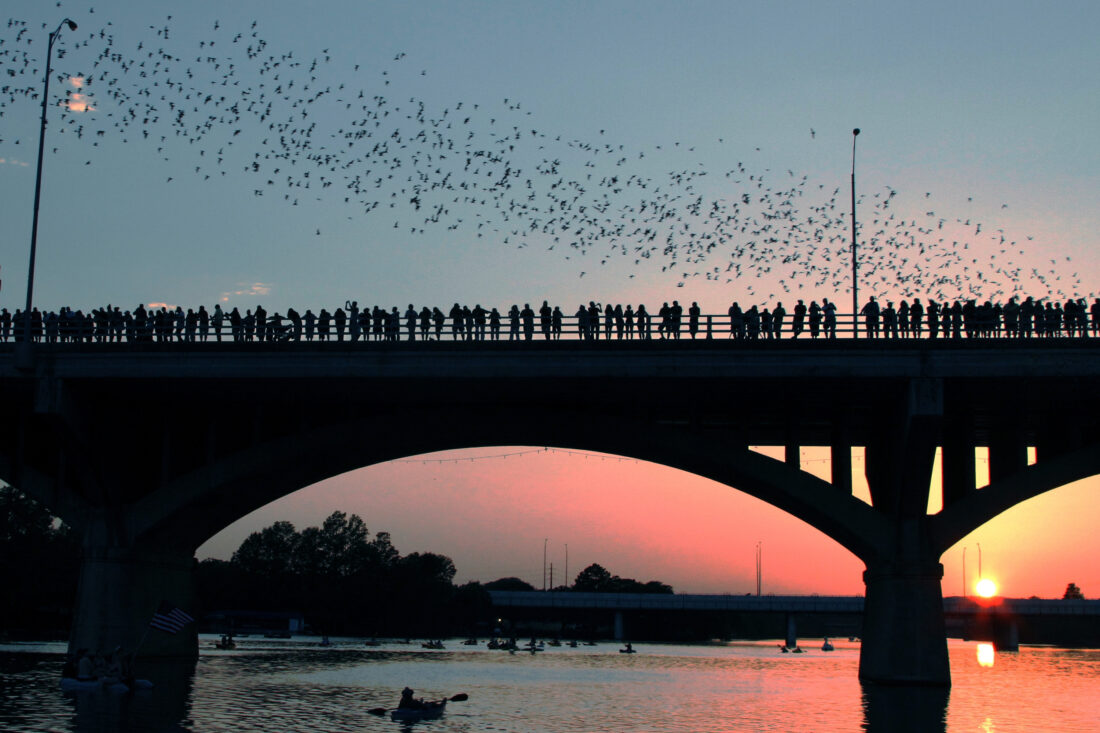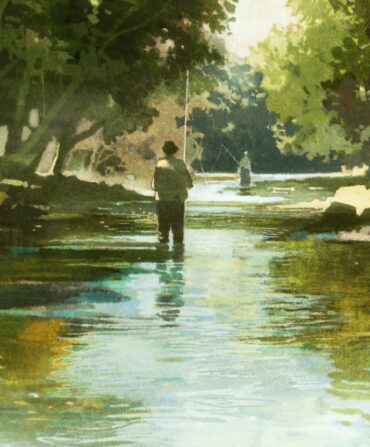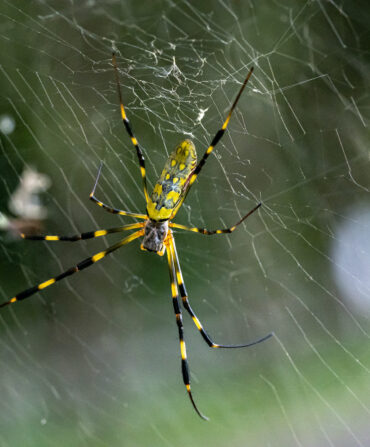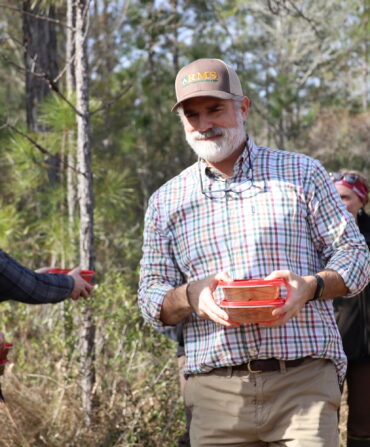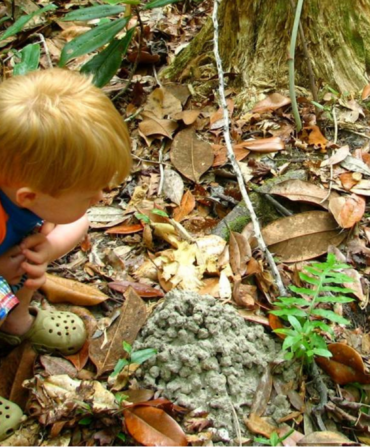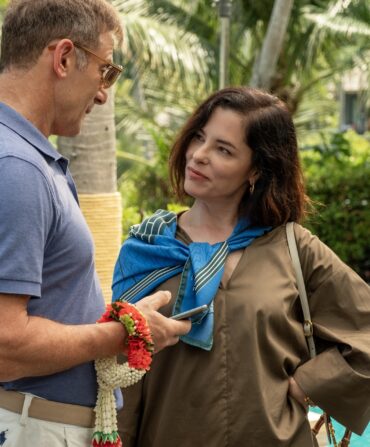Come eight o’ clock on a spring night in Austin, Texas, clusters of people line the Congress Avenue Bridge. More gather on the banks below and still more hover on Lady Bird Lake in kayaks, canoes, or boats. I’m hanging over the bridge’s metal railing, listening hard, because under the hum of traffic and the buzz of human voices, there’s a far subtler sound, high-pitched and chittery: the voices of bats.

As the sun turns red and sinks against the skyline behind us, a shadowy shape darts out. More follow, and within minutes the air is full of the sound of leathery wingbeats. Hundreds of thousands of Brazilian free-tailed bats stream out from under the bridge—the largest urban bat colony in the world, emerging for dinner.
The bats’ presence here is far from intentional on the part of humans, though we are directly responsible for it. In the 1980s the Congress Avenue Bridge underwent a renovation, and the finished product featured deep, narrow crevices between the beams. Those crevices turned out to be perfect bat habitat—they protected from predators and served as a warm, incubator-like setting in which females could raise their pups. Ecologically speaking, if you build it, they will come, and migratory Brazilian free-tailed bats discovered the new bridge’s potential soon after its completion.
Fearmongering headlines like “Bats Sink Teeth Into City” and “Mass Fear in the Air as Bats Invade City” blazed across Austin’s newspapers. Petitions to eradicate the colony brewed. That’s when legendary bat biologist Merlin Tuttle got involved, patiently meeting with officials and explaining that the bats were not dangerous; in fact, they would do no harm at all while doing the city and its surrounding ecosystems the service of vacuuming up insects by the million, including the corn earworm, a pest of corn, cotton and tobacco. His efforts paid off. The headlines and petitions died down, and in the years that followed, the colony became a point of pride, and Austin a hub of bat research and conservation. For thirty years Tuttle led Bat Conservation International, an organization that’s still going strong today, before founding his own nonprofit, Merlin Tuttle’s Bat Conservation, in 2014.
Today, due to his efforts and the willingness of Austinites to embrace this unconventional nightly decoration of the sky, these migratory bats know they can count on this bridge year after year. In February they start arriving in the American Southwest from Mexico and points farther south to breed. By March the females will have set up shop under the bridge, ready to form a maternity colony; they’ll give birth in June and raise their offspring in the safety of numbers. There they’ll stay through the summer, their ranks swelling as the pups are born. Come August, some 1.5 million Brazilian free-tailed bats will be living under the bridge, resting by day and foraging by night.
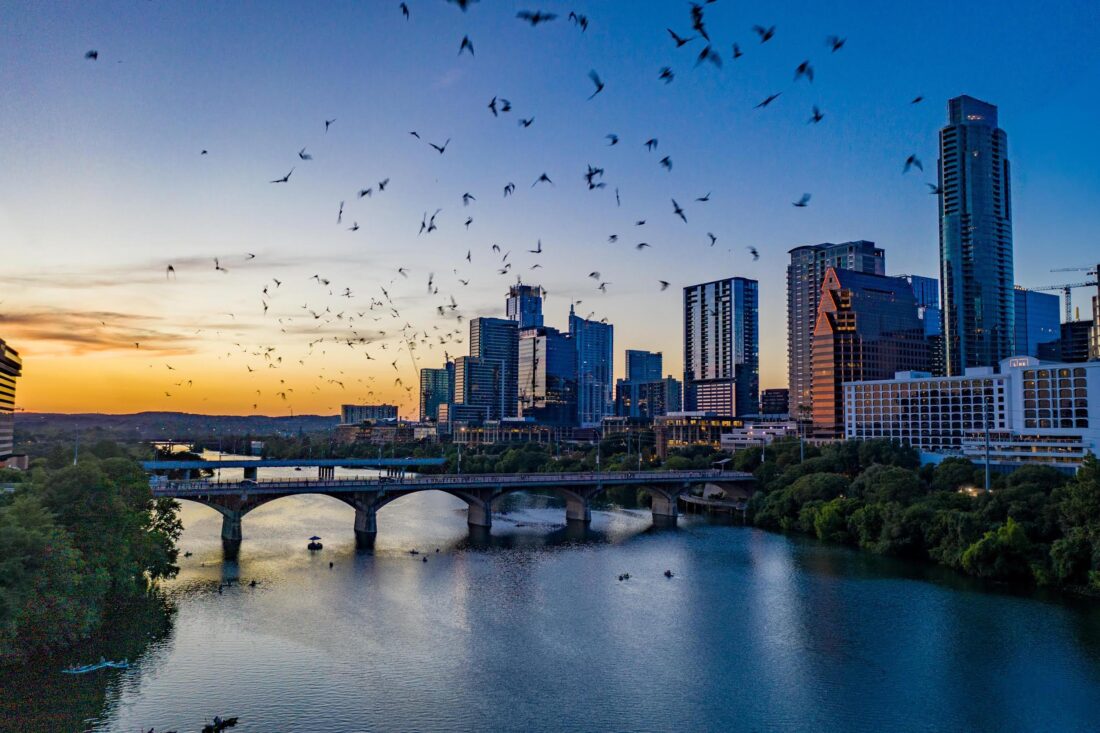
After the sun is down, they spend the dark hours wheeling through the air along the banks of the Colorado River and into the surrounding farmland, hunting for insects using echolocation. Essentially they fly around chirping at an inaudibly high pitch, and from the sound waves that bounce back they can “see” in a way that’s hard for a human to imagine. (This isn’t to say their eyes don’t work—bats see about as well as we do.) In a single night, they can eat their body weight in insects.
To witness them emerge is otherworldly. To know that the flip side of a concrete bridge that funnels thousands upon thousands of cars in and out of downtown Austin daily is sheltering this stunning abundance of life, even in a time when bats are fast declining worldwide due to habitat loss, pesticide use, and white-nose syndrome, is astounding.
I watch as Brazilian free-tailed bat after bat after Brazilian free-tailed bat flies out, beating the odds in this tough world, and consider how really, this mammal is not so different from me—a bat wing has the exact same components as my arm and hand, just with crazily long fingers and a leathery membrane.
Individually their flight seems erratic, but as a whole they stream eastward in an undulating line of bodies, framed against the fading light and the Austin skyline as the silhouette of the moon solidifies over the buildings. I watch the people watching the bats, thinking to myself that this is what it looks like when a whole city chooses to celebrate a little wildness in its midst.


